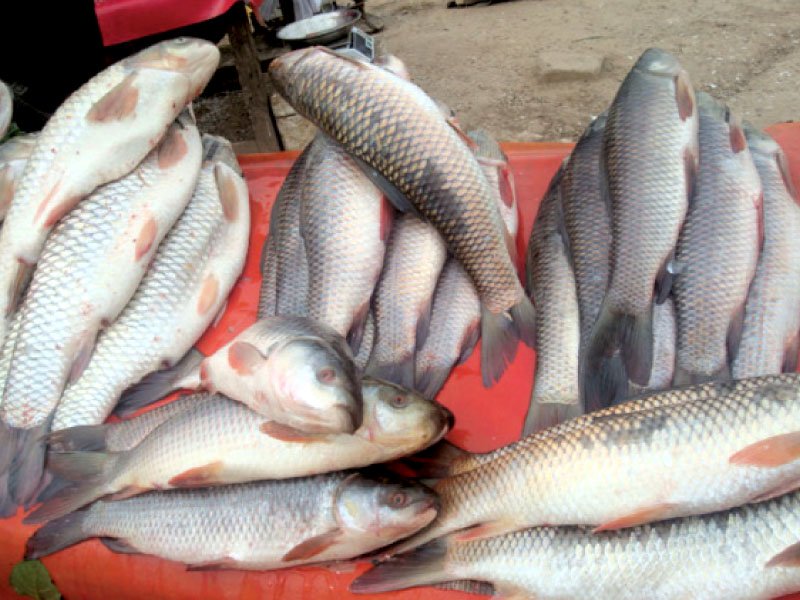
Damming of water bodies, their ecological fragmentation, pollution, water diversion, habitat destruction and indiscriminate fishing, has resulted in a rapid decline of mahsher fish, one of the most popular varieties in the country. It is practically non-existent in the rivers of Punjab, where it flourished four decades ago and in rivers flowing through the Himalayan foothills.
Pakistan Museum of Natural History (PMNH) has taken measures to preserve mahsher fish, which is facing extinction at an alarming pace, by declaring Poonch River of Azad Jammu and Kashmir as Mahsher National Park. Recently, International Union for Conservation of Nature declared it as an endangered species.
The entire length of a key river at AJK has been declared as the first ever aquatic protected area for a globally threatened species of fish, said PMNH Director Dr Muhammad Rafique. Poonch River is unique in that it has warm water in its lower and middle reaches and cold water in its upper reaches. It ends at Mangla Reservoir which is one of the major fish-producing water bodies in the country.
Poonch River flows through a wide valley and is much wider compared to other rivers of the Himalayas. Many channels join it on its way giving the fish lateral access for breeding and feeding. “We need to make every effort to save this fish for our future generations, he stated. “If we succeed, we can use it as a tool for poverty alleviation through sustainable use, like angling and for promotion of eco-tourism.” Dr Rafique said anglers can still catch a 100 centimetre fish weighing 10 kilogrammes (kg) in the Poonch River.

Mahsher is a superior game fish of the plains and sub-mountainous areas of Pakistan. It can grow up to 2.7 metres and weighs up to 50 to 60 kg, but the usual catch consists of five to eight kg. Only two species of mahsher, tor putitora and torzhobensis are present in our rivers.
Dr Rafique said tor putitora was common in the Potohar region but due to construction of Khanpur Dam, Rawal Dam and Simly Dam, its habitat has been fragmented. Moreover, industrial pollution and municipal waste have rendered these water bodies unfit for propagation of mahsher. Poonch River is the most promising area for breeding mahsher and it has the highest and most stable population of mahsher in the country.
The reason for the high population of this fish in Poonch River is the geography of the area, water chemistry in the Poonch River and viability of suitable breeding grounds like Hajira, Naeil, Mendar, Goin, Rangar, Sarota and Ban nullahs.
The second promising area for mahsher is the lower Swat River in Malakand Agency and Mardan district but due to restricted breeding grounds and the extraction of water and gravel, its population is on the decline.
Published in The Express Tribune, January 15th, 2013.
COMMENTS (1)
Comments are moderated and generally will be posted if they are on-topic and not abusive.
For more information, please see our Comments FAQ






























1714024018-0/ModiLara-(1)1714024018-0-270x192.webp)










Mahsher is the lion of the water, as described by the fishermen. The major differnce between this and the other fishes found in fresh waters is that, the Mahsher feeds on other fishes. There is not differnce in the taste of Mahsher and china fish. It used to be common on the shops over here, but now its very rare.